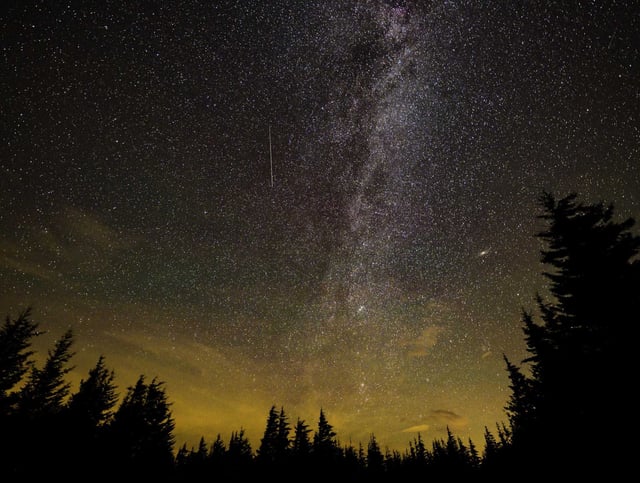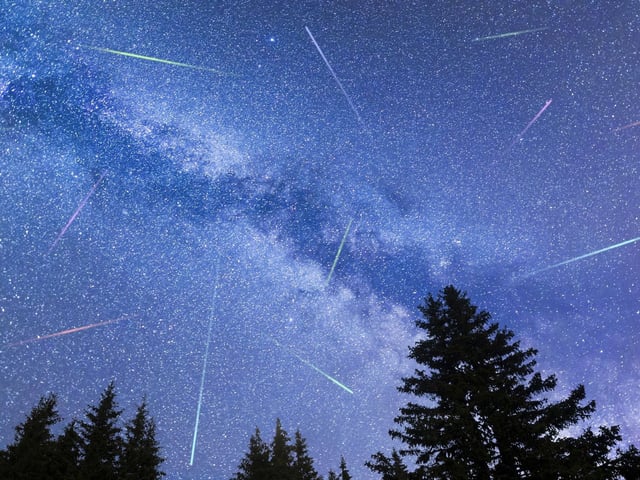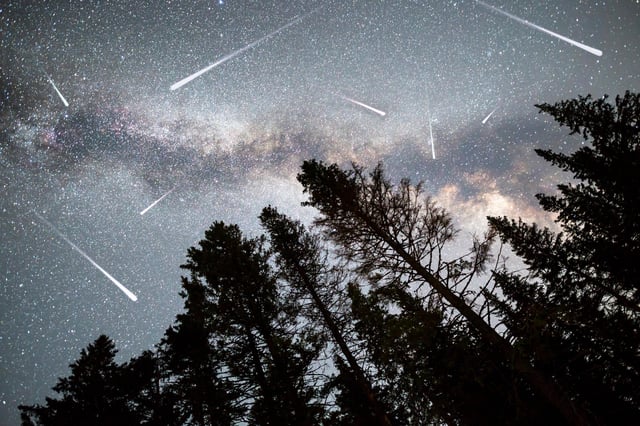Overview
- The Perseid shower will peak overnight on August 12–13 but an 84%–illuminated waning gibbous moon is expected to reduce visible meteors from 50–100 per hour to around 10–20.
- Meteor specialists recommend watching for earth-grazing meteors—long, slow streaks low on the horizon—during twilight and the hours just before the moon rises.
- The Virtual Telescope Project will provide live global streams of the peak, offering an alternative for those unable to reach dark-sky locations.
- To maximize viewing chances, observers should use light-pollution maps, allow at least 20–30 minutes for eyes to adapt to darkness, dress appropriately, and choose rural sites.
- Although the main peak will be moon-lit, Perseid activity continues through August 23, with darker sky windows expected later in the week as the moon wanes further.



